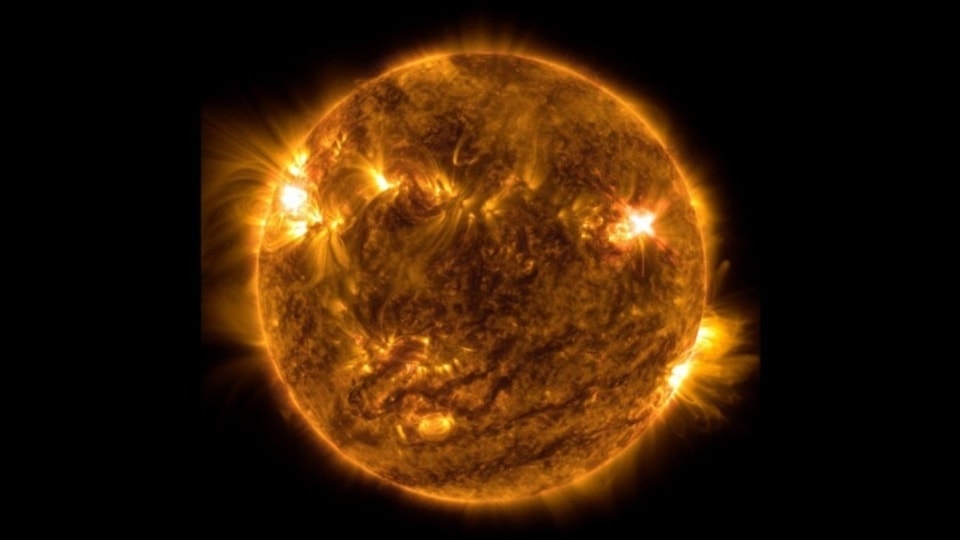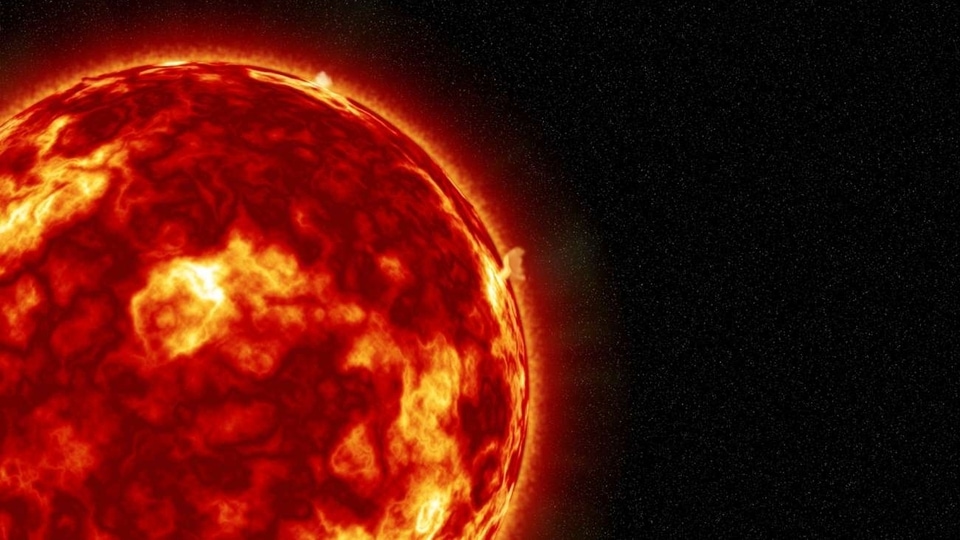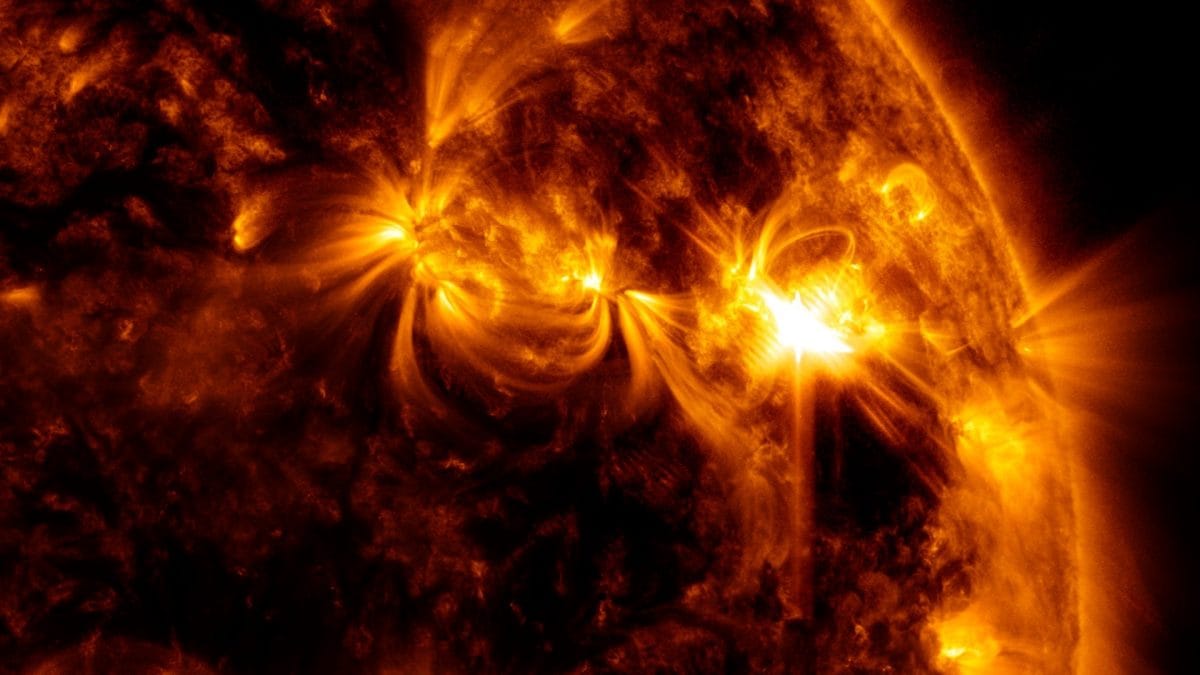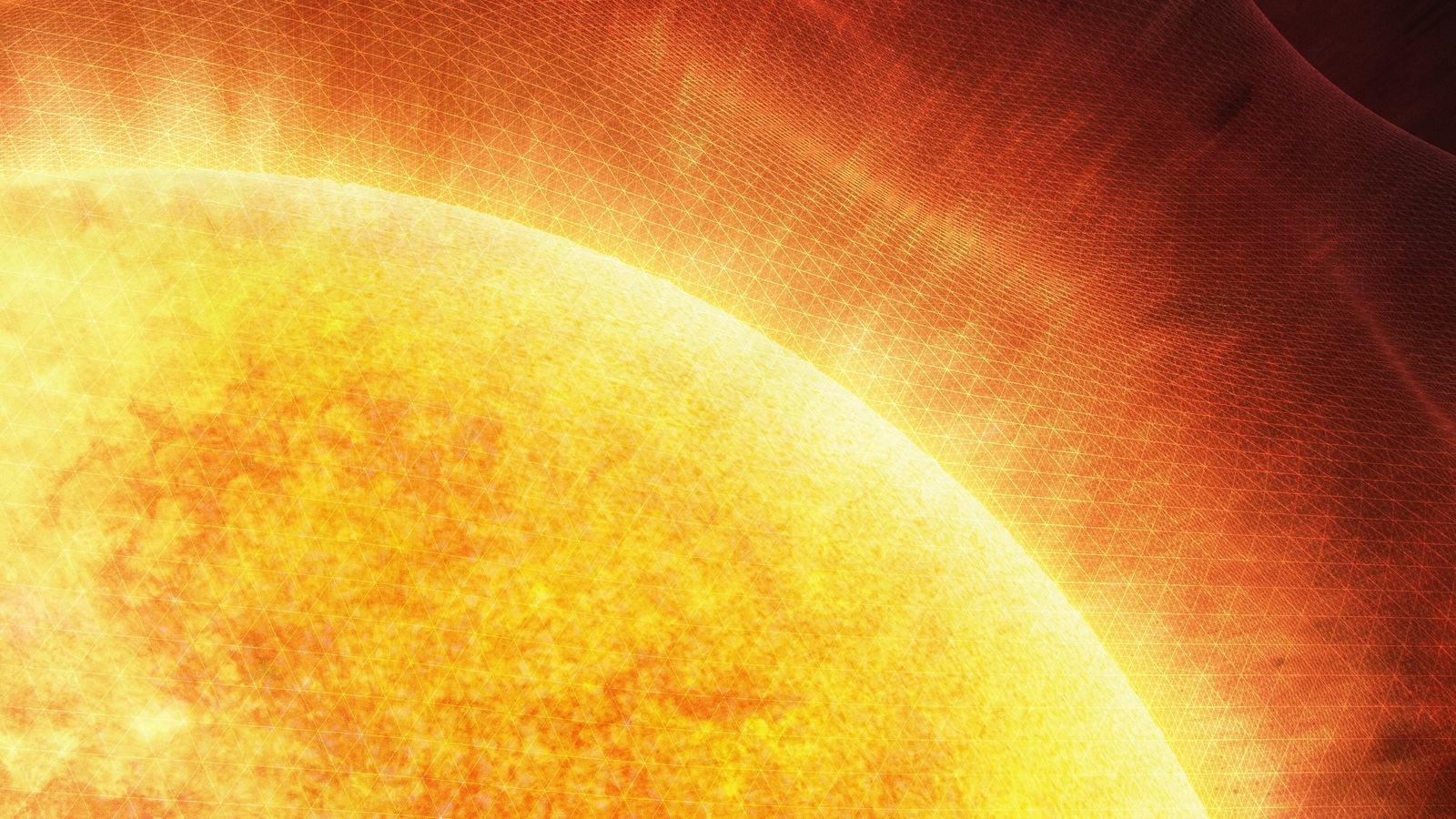Volatile Sun hurls out CME towards Earth; G2 geomagnetic storm threat looms
Sun’s rising activity resulted in a CME being hurled towards Earth a few days ago, and it could now spark a G2-class geomagnetic storm.






 View all Images
View all ImagesThe Sun has been increasing its activity as we approach the solar maximum and it is expected to increase even more as we near the peak of the 11-year solar cycle. The planet has been continuously bombarded by Geomagnetic storms since the turn of the year and not a single week has gone by without one incident of solar particles hitting our atmosphere. Now, another geomagnetic storm could be on the cards as a result of a CME being hurled towards Earth by the Sun.
Risk of geomagnetic storm
According to a report by spaceweather.com, forecasters at the National Oceanic and Atmospheric Administration (NOAA) have revealed details of a CME that was hurled out by the Sun just a few days ago. On July 28, a magnetic filament erupted in the Sun's northern hemisphere, sending a CME towards Earth. When it hits the Earth's atmosphere, it could spark a geomagnetic storm.
Thus, a G1-class geomagnetic storm could be on the cards which could escalate to a G2-class magnetic storm. According to NASA, when a solar storm interacts with Earth's magnetic field, it results in the formation of geomagnetic storms. G1-class geomagnetic storms are considered minor storms, and they generally don't cause a lot of damage. Such magnetic storms may not be strong enough to affect mobile networks or damage satellites, but they can still cause radio blackouts and disrupt GPS signals.
Radiation storm
Shockingly, Earth is facing a double impact of a geomagnetic storm as well as protons that have been raining down on the planet. July 28's explosion also resulted in a sunspot releasing energetic protons towards Earth, known as a Radiation storm. According to the report, this storm was of S-1 intensity. Satellites on Earth recorded an M4-class solar flare but it could have been an X-class flare whose impact was partially shielded by the Sun.
Potential impact of a strong geomagnetic storm
Although some of the sunspots on the solar surface never even explode, it is important to know the potential impact of such an intense explosion of solar matter. G5-class Geomagnetic storms are the most potent geomagnetic events ever observed. These storms have the potential to disrupt all forms of wireless communication, including GPS, mobile networks, and satellite communication. These storms can even cause damage to ground-based infrastructure by harming repeaters in under-sea internet cables and blocking internet connectivity. Power grids are also susceptible to fluctuations and could potentially sustain irreversible damage.
In short, a strong enough Geomagnetic storm can send us to the dark ages in an instant.
Catch all the Latest Tech News, Mobile News, Laptop News, Gaming news, Wearables News , How To News, also keep up with us on Whatsapp channel,Twitter, Facebook, Google News, and Instagram. For our latest videos, subscribe to our YouTube channel.





























